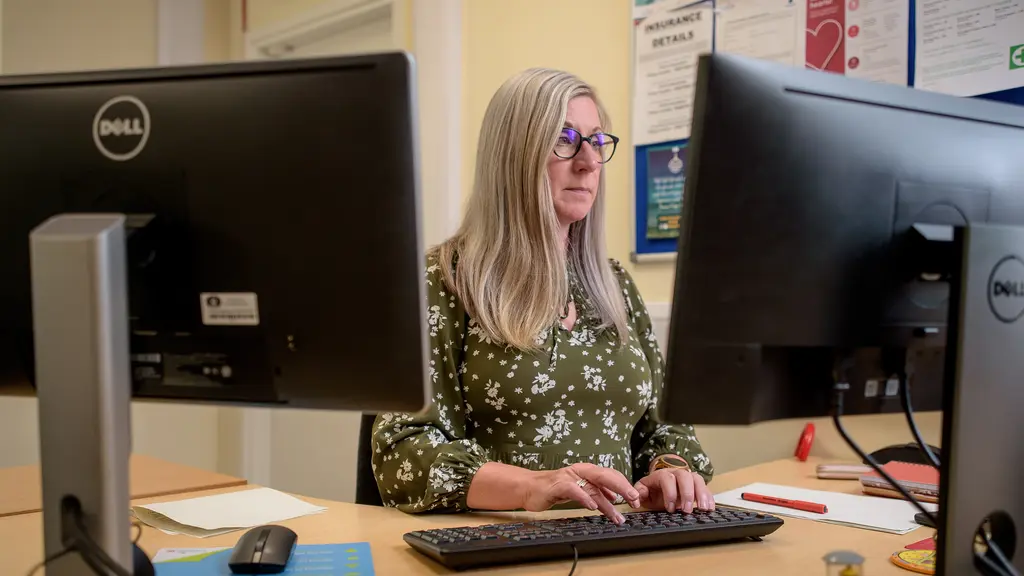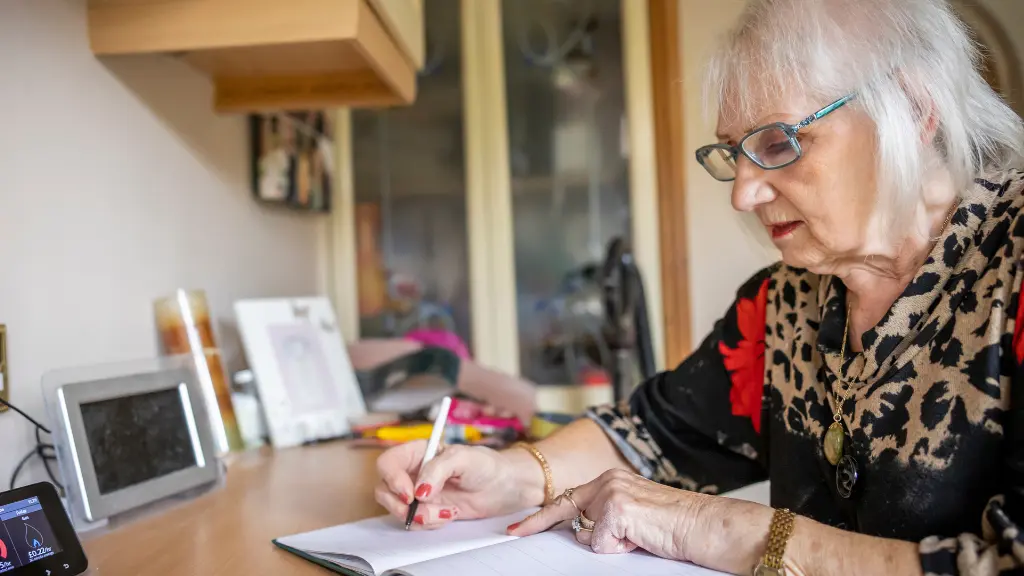Notice it
Look for ageism in:
- Casual comments: We all love a bit of office banter but even well-meant comments that mention age can build the idea that older people are less valued and have less to contribute. The opposite is true. Workplaces with more age diversity are more productive and creative.
- Stereotyping: Are we doing our organisation and others a disservice if we rely on assumptions – based on age – not performance or ability?
- Inclusion: Being mindful of the likes and dislikes of everyone in the office, regardless of age, means that social events are inclusive and enjoyable for everyone.
In a previous workplace my age suddenly became a talking point when it became common knowledge. People were surprised, and it felt like things had changed from being treated as just one of the team. I would identify that as ageism, because that’s what it is, even if they didn’t mean it unkindly.
Challenge it
Once you notice it, challenge it by:
- Being a role model and setting the tone for including people of all ages.
- Asking for training and policies to support inclusion: Ask your employer about professional development opportunities for employees of all ages to learn about age inclusion and to support age-friendly policies, such as flexible working patterns.
- Starting discussions: Having open conversations about the value of different aged people in the workplace is a great way for us all to thrive at work.
- Encourage your employer to join the Age-friendly Employer Pledge and join over 400 other employers including many local authorities, Aviva, RSPCA and McDonalds.
TOP TIP - Ask your employer to encourage mentorship or skill sharing opportunities, where employees of all ages can learn from one another. This not only breaks down stereotypes but also highlights the value of diverse perspectives. Research shows that diverse, age-inclusive teams are more innovative and productive. Despite this, older workers are often undervalued.
Get resources on ageism in recruitment from the Centre for Ageing Better.

How to navigate ageist attitudes as an employee or jobseeker
Learn more about how ageism can impact the workplace or jobseeking, and explore top tips we've heard for finding a job as an older worker.

Challenging ageism in communications and writing
When we talk or write about ageing and older people, it’s essential to break away from generalisations and outdated ideas, and that we take care with the language and phrases we use.
Learn how to create materials and content that are engaging, inclusive, and appealing to all ages.
